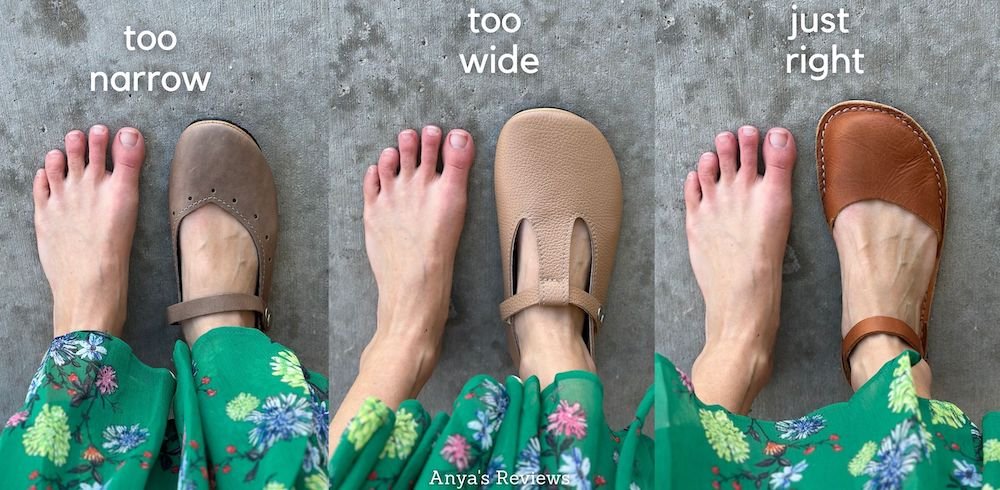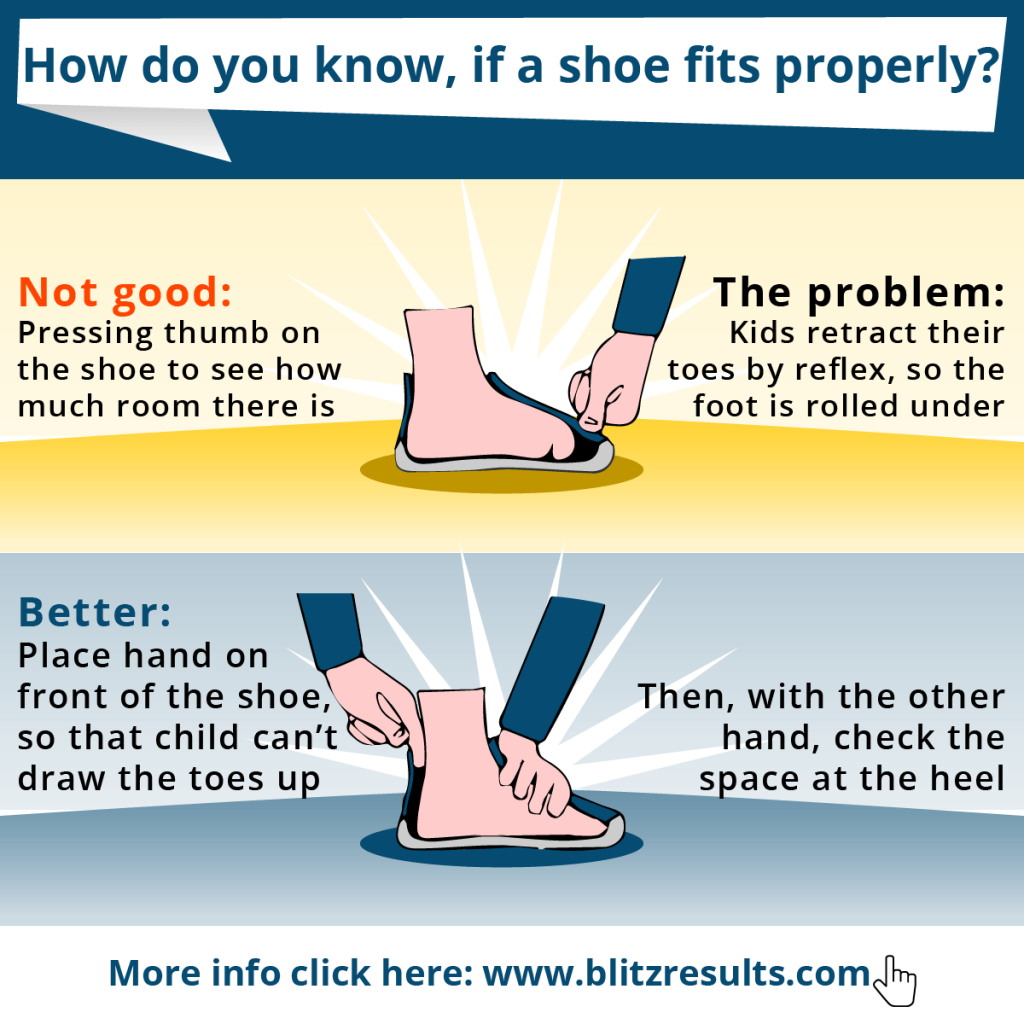Finding the perfect pair of shoes is a journey many of us embark on—one filled with choices about style, comfort, and, most importantly, fit. Understanding whether your shoes are too small is crucial to avoiding discomfort, long-term foot problems, and even injuries. In this comprehensive guide, we will dive into the signs of shoes that are too small, explore effective solutions, and share real-world experiences from footwear enthusiasts across the United States.
Understanding Shoe Size and Fit
The world of footwear sizing can be perplexing, with variations across brands, styles, and cultures. In the United States, shoe sizes typically follow a standard measurement, but factors such as foot shape, width, and material play significant roles in fit.
Common Misconceptions About Shoe Sizes
Many people believe they know their shoe size based on past purchases, but sizes can change over time. This can be due to various factors such as weight gain or loss, aging, or even changes in foot health.
The Importance of Width in Shoe Fitting
It’s not just the length that counts—shoe width is equally vital. Shoes too narrow can cause pinching, while those too wide can lead to instability. Measurements typically use letters like “D” for standard width and “EE” for wide options.
Signs That Your Shoes are Too Small
Identifying a poor fit early on can save you a great deal of pain and frustration. Here are the most common signs that your shoes might be too small:
1. Discomfort and Pain
If you’re experiencing pain in your heels, arches, or toes after a short period of wear, your shoes may simply be too small. Look out for sharp or throbbing pain, which can indicate excessive pressure on the foot.
2. Blisters and Corns
Frequent blisters, calluses, or corns indicate that your shoes are rubbing against your skin. This friction is often exacerbated in shoes that are too snug, leading to a variety of skin irritations.

3. Toe Overcrowding
Your toes should have enough space to wiggle. If they are crammed together or curled, it’s a clear sign your shoes are too small.
4. Difficulty Walking
When your shoes inhibit your natural walking motion and cause you to alter your gait, it can lead to discomfort and long-term injuries.

5. Visible Signs of Stress on Shoes
Watch for creasing on the upper part of the shoe or an overly stretched toe box. These are indicators that your shoes are working harder than they should be.
How to Measure Your Feet for the Perfect Fit
Knowing your accurate foot size can drastically improve your shoe-shopping experience. Follow these simple steps to measure your feet correctly:

Step 1: Gather Your Supplies
- A piece of paper
- A pencil or pen
- A ruler or measuring tape
- A flat surface to stand on
Step 2: Trace Your Foot
Stand on the paper and trace the outline of your foot. Make sure to keep the pen or pencil upright to avoid distortion.

Step 3: Measure the Length and Width
Using your ruler or measuring tape, measure the longest and widest points of your foot outline. Take note of these measurements in inches or centimeters.
Step 4: Check Against Size Charts
With your measurements in hand, refer to a brand-specific size chart. Remember that sizes can vary between brands, so always check before making a purchase.

Tips for Ensuring a Proper Fit
Here are some friendly tips to ensure your footwear fits just right:
1. Shop at the End of the Day
Your feet can swell throughout the day, so shopping in the evening can help you find shoes that will accommodate your feet’s natural size.

2. Try Shoes with the Right Socks
Wear the same type of socks you plan to use with your new shoes to get the most accurate fit.
3. Check for Space at the Toe Box
Ensure there’s about a thumb’s width of space between your longest toe and the shoe’s end. This space is crucial for comfort.

4. Walk Around
Don’t just stand; take some steps in the shoes. Pay attention to how they feel in motion. If you feel pinching or rubbing, they aren’t the right fit.
Comparison Table of Popular Shoe Brands and Their Sizes
| Brand | Standard Width (D) | Wide Width (EE) | Sizes Available |
|---|---|---|---|
| Nike | Yes | Yes | 6-15 |
| Adidas | Yes | Yes | 5-15 |
| New Balance | Yes | Yes | 4-20 |
| Puma | Yes | No | 5-13 |

Real-World Footwear Experiences
Many shoe enthusiasts have faced the discomfort of too-small shoes. Here are a couple of case studies that highlight the significance of proper fitting:
Case Study 1: Sarah’s Running Challenge
Sarah, a seasoned runner from Chicago, started feeling severe pain in her toes after purchasing a trendy new pair of running shoes. She had opted for a half-size smaller, believing the snug fit would improve performance. However, after experiencing blisters and toe crowding, she consulted a fitting specialist who recommended a proper measurement. Sarah discovered she had been squeezing her feet into shoes that were not only too small but also unsuitable for her foot type. After switching to the right size and style, her running improved dramatically.
Case Study 2: Mark’s Work Boot Dilemma
Mark, a construction worker from Texas, thought his work boots were fine because they were a popular brand. However, after a long day of work, he noticed discomfort and swelling. Upon reflection, he realized that he had not measured his feet in several years. After getting professionally fitted, Mark found a boot that allowed for toe movement and provided adequate arch support. The change in his boots significantly reduced the pain in his feet during long workdays.
Pros and Cons of Popular Shoe Brands in the U.S.
Nike
Pros
- Wide range of sizes and widths
- Innovative designs for various sports
- High-quality materials
Cons
- Can be pricier than some competitors
- Size inconsistencies across different models
Adidas
Pros
- Popular for their comfort
- Stylish and versatile options
- Multiple width options available
Cons
- Can run small in certain styles
- Limited high-arch options
New Balance
Pros
- Highly customizable fits
- Excellent arch support
- Durable construction
Cons
- Less fashionable for some styles
- Heavier than certain other brands
FAQs About Shoe Sizing and Fit
1. How can I tell if my shoes are the right size?
Your shoes are the right size if they fit snugly but comfortably, allowing for some wiggle room for your toes, with no excessive movement at the heel.
2. What should I do if my shoes are too small?
If your shoes are too small, discontinue wearing them and consider donating or selling them. Invest in a properly sized pair that offers the right fit and support.
3. Can I stretch my shoes if they are too small?
Some types of shoes can be gently stretched; however, this is not always a guaranteed solution and can sometimes damage the shoe.
4. Why do my shoes feel tight in the afternoon?
Your feet can swell throughout the day, making shoes that fit comfortably in the morning feel tight by the afternoon. It’s advisable to try on shoes later in the day for a better fit.
5. Should I choose shoes based on brand popularity?
While brand reputation can indicate quality, it’s essential to prioritize fit and comfort over popularity. Each brand has its own sizing and fit characteristics.
6. How often should I get my feet measured?
It’s best to measure your feet at least once a year or if you notice changes in how your shoes fit.
7. Is it advisable to buy shoes online?
Buying shoes online can be convenient, but ensure to check the brand’s sizing chart and read customer reviews on fit before making a purchase.
Conclusion
Recognizing the signs that your shoes are too small is crucial for maintaining foot health and overall comfort. By understanding how to measure your feet correctly, looking for signs of discomfort, and knowing how to find the right fit, you can enjoy footwear that feels great and supports your lifestyle. Whether you are hitting the trails, heading to the office, or stepping out for a casual night out, the right shoe sizing can make all the difference.
Remember to always prioritize your comfort over style, and when in doubt, consult a footwear professional for guidance. Here’s to happy feet and great adventures ahead!